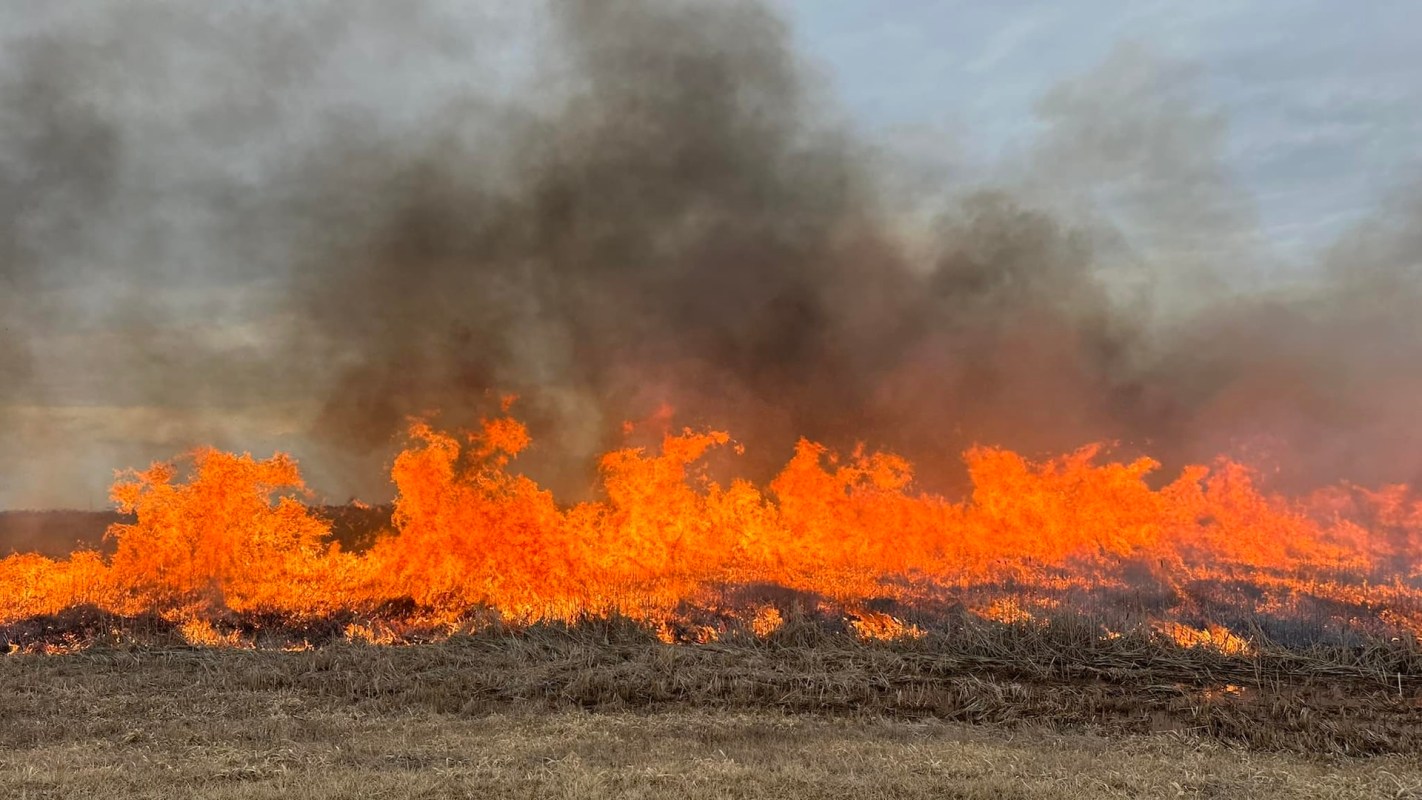Warmer conditions brought on by El Niño, combined with the impacts of a warming world, have set the stage for an early and active fire season in the Midwest.
What happened?
Hundreds of fires have broken out across the Midwest in the early months of 2024, primed by a warmer-than-average winter in many areas, The Guardian reported.
Experts said that El Niño — a naturally occurring weather pattern that causes warmer surface temperatures in the Pacific Ocean — played a part, but that the climate crisis turned up the heat even further.
Temperatures reached up to 60 degrees Fahrenheit in some areas during typically frigid months.
"This was the strangest winter I have ever seen," Stephen Marien, a predictive services fire meteorologist with the National Parks Service in Minnesota, told The Guardian. He added, "Climate change has added fuel to the fire."
Why are the fires concerning?
Simply put, these fires have put communities in danger. For instance, a fire in late February in Nebraska burned more than 71,000 acres in just 24 hours and destroyed several buildings, including two homes.
In March, three Minnesotans were injured from blazes that moved across about 3,000 acres. In April, a prescribed burn in Kansas got out of control, leading to evacuation notices and road closures.
Although natural weather patterns like El Niño can cause fluctuations in temperatures, overall, scientists agree that human-induced climate change is intensifying our weather, making heat waves, fires, and other extreme weather events more frequent and intense.
Countries across South America also faced a record number of blazes in early 2024 due to the effects of El Niño and the changing global climate. In fact, February saw the highest number of fires in 25 years of satellite monitoring in the Amazon region.
What can I do to help with the climate crisis?
Unless we stop the warming of our planet, we can expect to see more intense wildfire seasons across the globe. One thing you can do is vote for pro-climate candidates who will help push a greener agenda.
You can also make a difference by taking steps to reduce your carbon output. For instance, swapping out red meat for poultry or plants once a week helps cut carbon pollution. Meanwhile, investing in energy-saving measures at home also makes a positive impact.
Join our free newsletter for cool news and cool tips that make it easy to help yourself while helping the planet.









